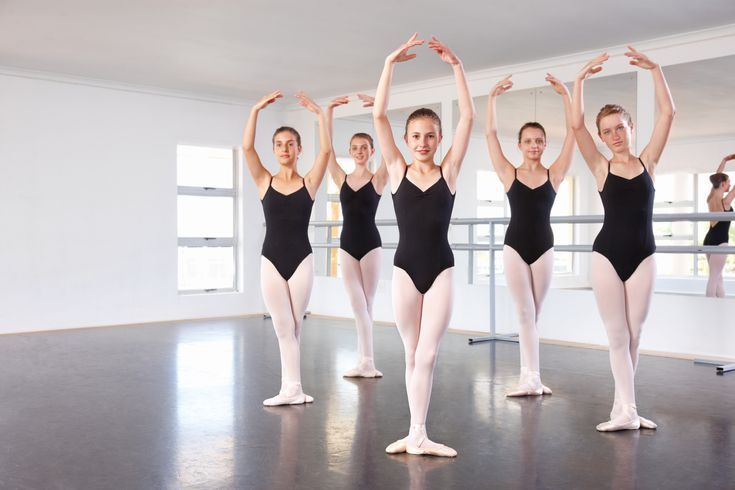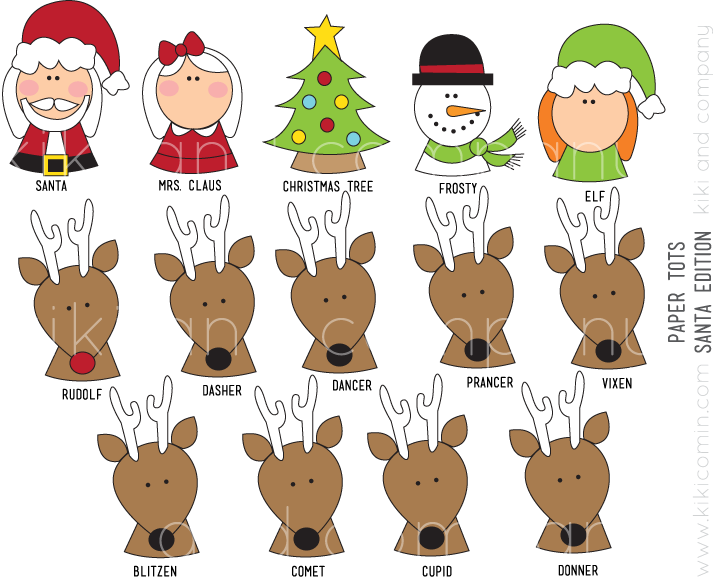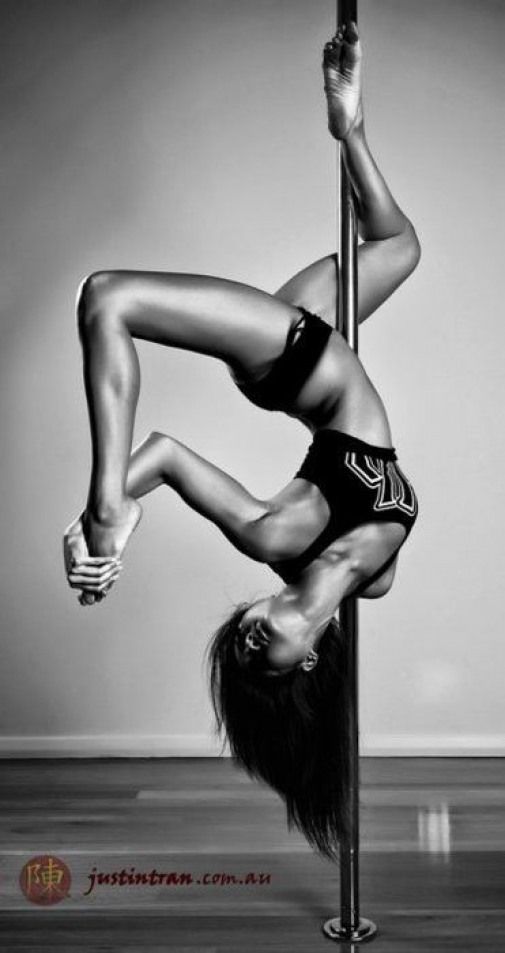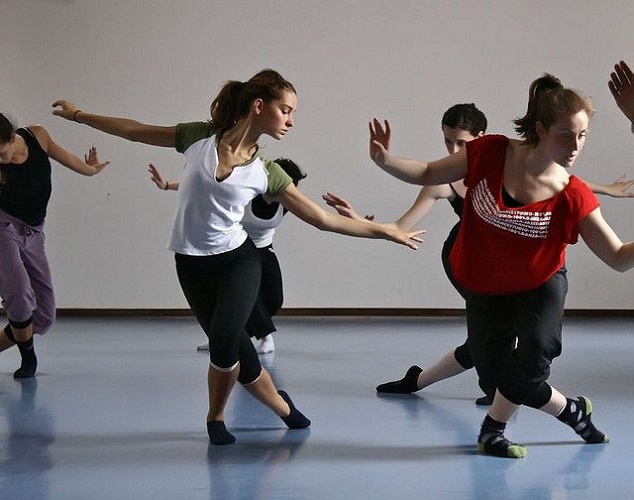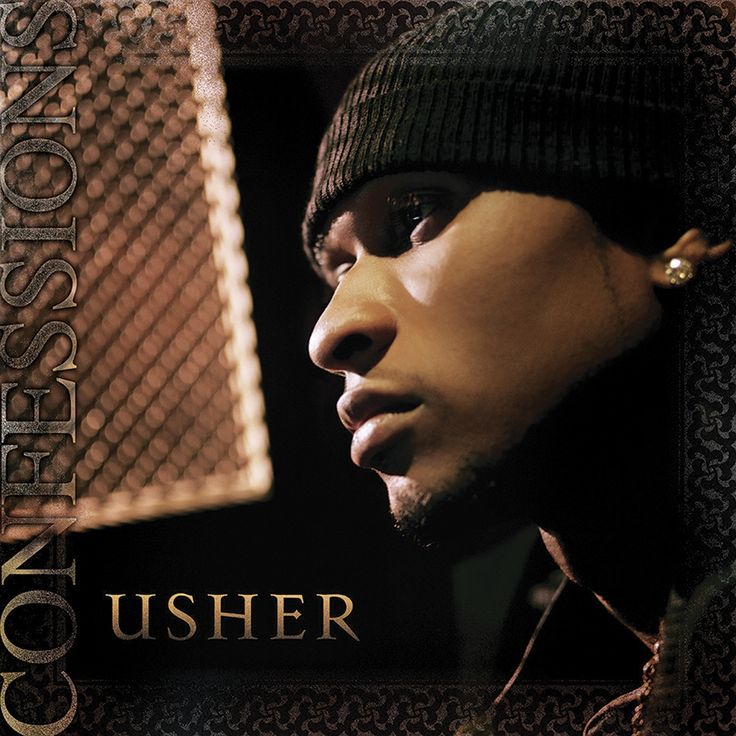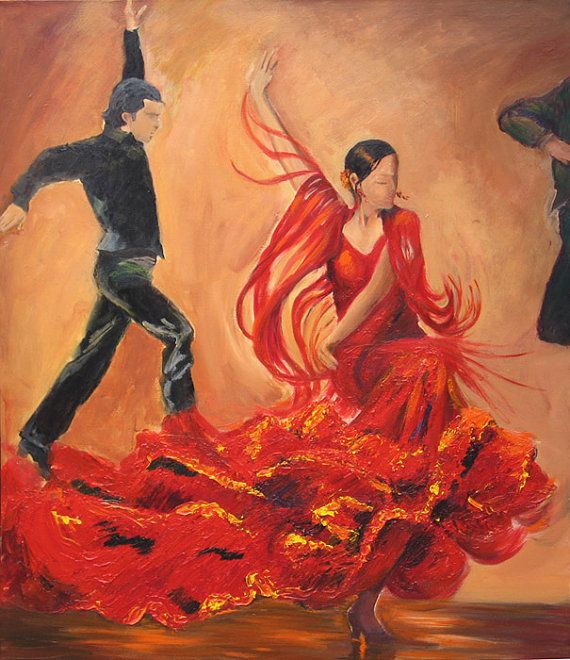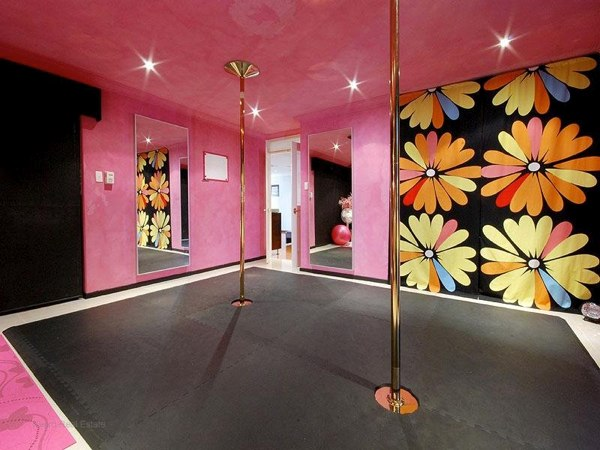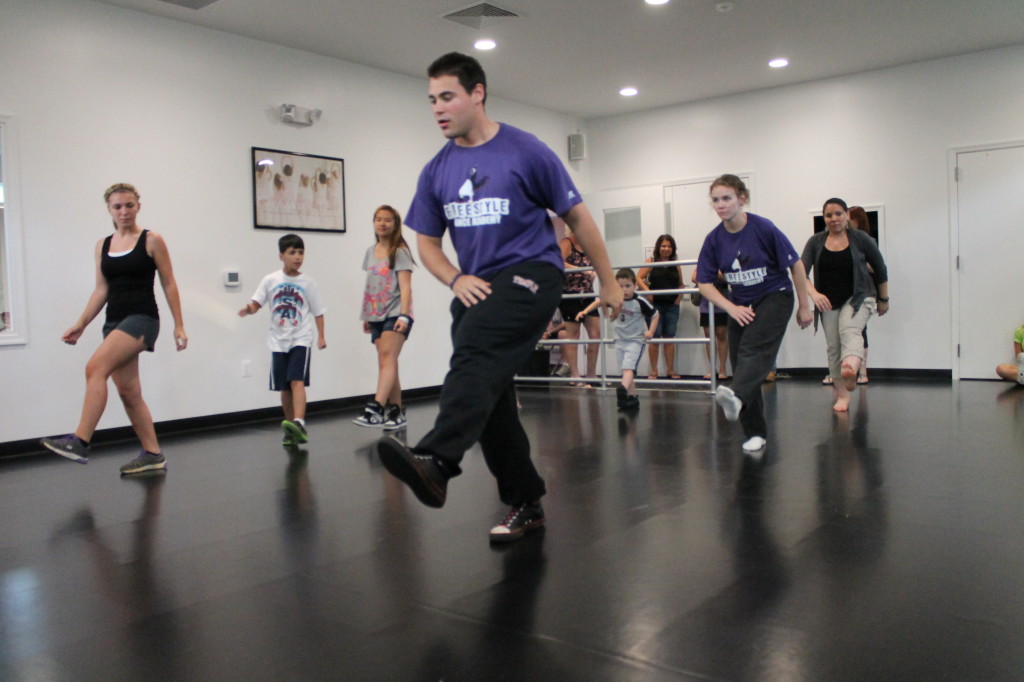How did dance
History of Dance - From Ancient Rituals to Modern Dances
From the earliest moments of known human history, dance accompanied ancient rituals, spiritual gatherings and social events. As a conduit of trance, spiritual force, pleasure, expression, performance and interaction, dance became infused into our nature from the earliest moments of our existence - from the moment when first African tribes covered themselves in war-paint to the to the spreading of music and dance across all four corners of the world. Without a doubt, dancing remains one of the most expressive forms of communications that we know.
The oldest proof of existence of dancing comes from the 9000 year old cave paintings that were found in India, which depicts various scenes of hunting,
childbirth, religious rites, burials and most importantly, communal drinking and dancing. Since dancing itself cannot leave clearly identifiable
archeological artifacts that can be found today, scientist looked for secondary clues, written word, stone carvings, paintings and similar artifacts.
Period when dancing became widespread can be traced to the third millennia BC, when Egyptians started using dance as integral parts of their religious
ceremonies. Judging by the many tomb paintings that survived the tooth of time, Egyptian priests used musical instruments and dancers to mimic
important events - stories of gods and cosmic patterns of moving stars and sun.
This tradition continued in ancient Greece, where dance was used very regular and openly to public (which eventually brought the birth of the famous Greek theatre in 6th century BC). Ancient paintings from 1st millennia clearly speak of many dance rituals in Greek culture, most notably the one before start of each Olympian Games, precursor to the modern Olympic Games. As centuries went on, many other religions infused dance in the core of their rituals, such as Hindu dance "Bharata Nhatyam" which is preformed even today.
Of course, not all dances in those ancient times were intended for religious purposes.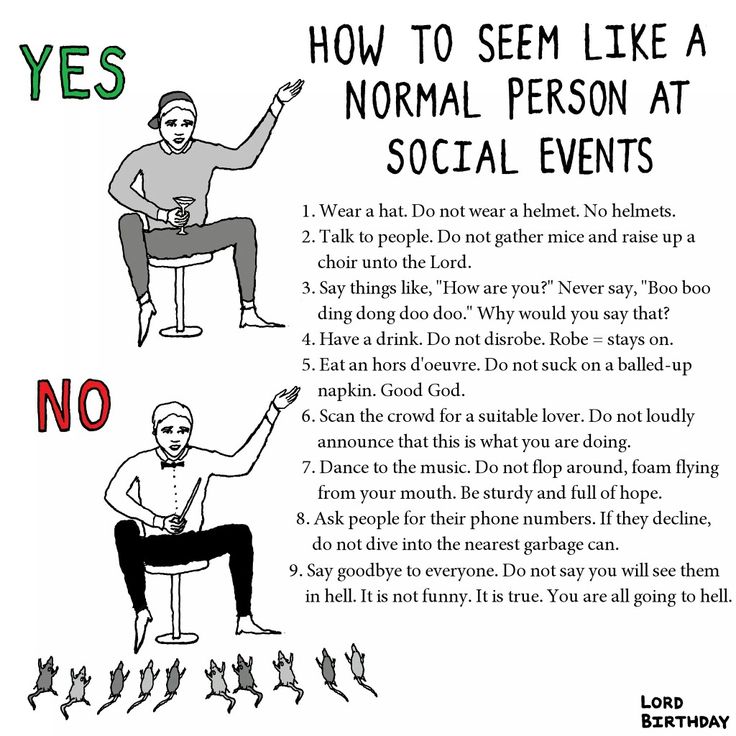 Ordinary people used dance for celebration, entertainment,
seduction and to induce the mood of frenzied exhilaration. Annual celebration in honor of Greek god of wine Dionysus (and later Roman god Bacchus)
included dancing and drinking for several days. 1400BC year old Egyptian painting showed the group of scantily dressed girls who danced for the wealthy
male crowd, supported by the several musicians. This kind of entertainment continued to be refined, until medieval times and the start of the
Renaissance when ballet became integral part of the wealthy class.
Ordinary people used dance for celebration, entertainment,
seduction and to induce the mood of frenzied exhilaration. Annual celebration in honor of Greek god of wine Dionysus (and later Roman god Bacchus)
included dancing and drinking for several days. 1400BC year old Egyptian painting showed the group of scantily dressed girls who danced for the wealthy
male crowd, supported by the several musicians. This kind of entertainment continued to be refined, until medieval times and the start of the
Renaissance when ballet became integral part of the wealthy class.
European dances before the start of Renaissance were not widely documented, any only few isolated fragments of their existence remain found today. The
most basic "chain shaped" dance practiced by commoners was most widespread across Europe, but the arrival of Renaissance and new forms of music brought
many other styles in fashion. Renaissance dances from Spain, France and Italy were soon surpassed by Baroque dances which became widely popular in
French and English courts. After the end of French Revolution, many new types of dances emerged with focused on less restrictive woman clothing, and
tendency for skipping and jumping. These dances soon became even more energetic in 1844 with the beginning of so called "international polka craze"
which also brought us the first appearance of famous waltz.
After the end of French Revolution, many new types of dances emerged with focused on less restrictive woman clothing, and
tendency for skipping and jumping. These dances soon became even more energetic in 1844 with the beginning of so called "international polka craze"
which also brought us the first appearance of famous waltz.
After the short period of time when great ballroom masters created wave of complicated dances, the era of modern day 2 person dance started with the careers of famous ballroom dances Vernon and Irene Castle. After those early years of 20th century many modern dances were invented (Foxtrot, One-Step, Tango, Charleston, Swing, Postmodern, Hip-hop, breakdancing and more) and the expansion of musical brought those dances into worldwide popularity.
Dance Facts and History
Dance
is a form of art that is made by purposefully recreating
selected sequences of human motion, which can be imbued with the values of
aesthetic and symbolism that are acknowledged by both performers and
observers from within the particular culture. The dance itself can be
freeform or can have a predefined choreography that may or may not align
with traditions of origin or historical period.
The dance itself can be
freeform or can have a predefined choreography that may or may not align
with traditions of origin or historical period.
The dance can be performed to serve various functions (social, competitive, ceremonial, martial, erotic…) but it also has two distinct forms – theatrical dance in which dancers perform for an audience, and participatory social dance where dancing in a group is encouraged to anyone. Participatory dances are most commonly found at weddings, social gatherings, and festivals, and they can be enjoyed with folk music both alone or in a group (pairs, lines, chains or other forms).
Theatrical dance is known for having more elaborate choreography, planning, costume, scenery and
other elements that make the entire production feel more professional. The
performers of theatrical dance are usually professional “ virtuoso dancers”, who practice their craft over the years, and
are often tasked to interpret the musical accompaniment with advanced dance
moves or routines.
Origins and Early History
The dance has always been with us, even before the arrival of written language and modern history, when our earliest cultures evolved utilizing oral and performance methods to pass the stories from one generation to the next. Many historians believe that social, celebratory and ritual dances are one of the essential factors of the development of early human civilizations.
The earliest findings have pinpointed the origins of ancient dances in
9000-year-old India or 5300-year-old Egypt, but the records more common
infusion of dance into a modern culture can be found from Ancient Greece,
China, and India. All these old dances evolved, eventually morphing into a
wide variety of Roman and European medieval dances, traditional Chinese
dances, Hindi and other traditional dances, respectively.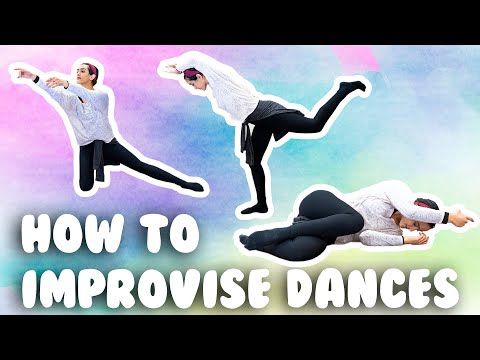
After the arrival of European Renaissance, the history of music and dance exploded with the new additions to song and dance. Ease of travel and immigration to the new world brought these dances into the mix with many native cultures of the New World, forging countless new dance types that are still popular to this day.
Do you know these facts about dance?
- First archeological proof of dance comes from the 9 thousand year old cave paintings in India.
- One of the earliest uses of structured dance was introduced in religious ceremonies that told the stories of ancient myths and gods. Egyptian priests used this kind of visual storytelling in their rituals.
- Ancient Egyptians used dancing for both entertainment and religion.
-
Dance represented important parts of many Greek and Roman religious ceremonies.

- Ancient Greeks and Romans annually celebrated their wine gods Dionysus and Bacchus with several days long festivities filled with alcohol, song and dance.
- History of European medieval dance is fragmented and limited, but is believed that simple folk dances were widespread among common and wealthy classes.
- Modern dance history in Europe started with Renaissance, when many new dances were invented. After that, periods of Baroque, post French Revolution, Elizabethan era, World War 1, Prohibition, Ragtime and pre-WW2 brought many new waves of dance styles.
-
Waltz, one of the most popular dances today came into popularity in mid-19th century by the efforts of the famous composer Johann
Strauss, but its origins can be traced even to the distant 16th century.
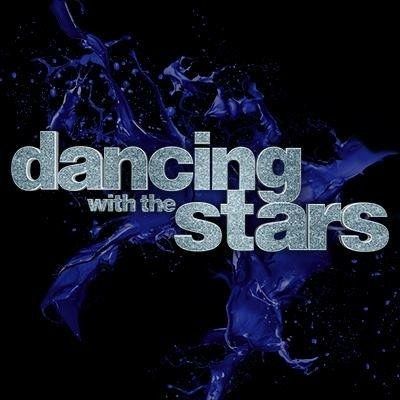
- At first, waltz was performed with arm's length between male and female dances. The shocking transition to the close embrace happened only after English Queen Victoria fell in love with the dance and forced this change.
- Around 30 thousand people are employed in UK dance industry today, maintaining around 200 dance companies.
- Even people in wheelchairs can dance! Such dancing is very popular in Europe where there are even competitions in Latin dances with special wheelchair choreographies.
- Professional dance is today regarded as one of the most demanding physical abilities and sports. According to studies, 80% of all professional dances have at least one major injury during their career and staggering 93% of all dance teachers were forced into that position after career ending injury.
-
High amount of injuries in professional dancing is induced by high levels of fatigue, little time for rest, inadequate healing techniques and
high stress levels.
 All those factors can produce burn out periods when dancers have decreased strength, coordination, cognitive and immune functions.
All those factors can produce burn out periods when dancers have decreased strength, coordination, cognitive and immune functions.
- Lion Dance is one of the most popular religious and ceremonious dances in China and surrounding countries of Taiwan, Korea and Japan. This dance can signify bringing of good fortune, ward of evil spirits and be an excellent showcase in martial arts proficiency.
After several thousand years, dancing managed to completely infuse itself into our way of life. Here you can find more information about this fascinating activity and the impact it can have on our lives.
Since the dawn of human civilization, dance remained in close connection with us. Here you can find out more about this fascinating part of our culture, all from its roots in ancient civilizations to the modern times.
Thousand years of innovations and evolution created modern dance that we all enjoy today. Here you can find out more about specific dance styles and the way they are implemented and created.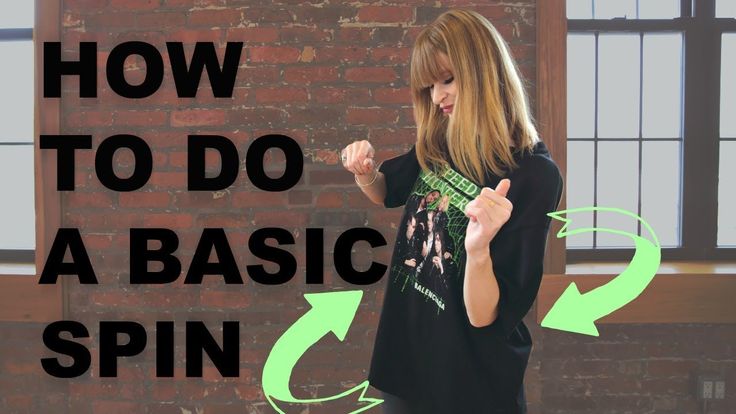
There are many specific dances which can be sorted into single dance styles or families of related dances. Here you can read more about specific dances and variants of a specific dance.
Facts about Dancing
- Professional dances are today regarded as athletes.
- Dancing is very beneficial to your health. It lowers the chances for heart and blood vessel diseases, improves posture and weight, reduces stress and tension, improve brain function because of constant presence of music, and can improve relationship between dance partners.
- Because of the need to maintain strict head position while dancing, doctors often prescribe use of dance for those patients that need to develop their peripheral vision.
-
First balled dancer that used pointe shoes was Marie Taglioni in 1832 ballet "La Sylphide".
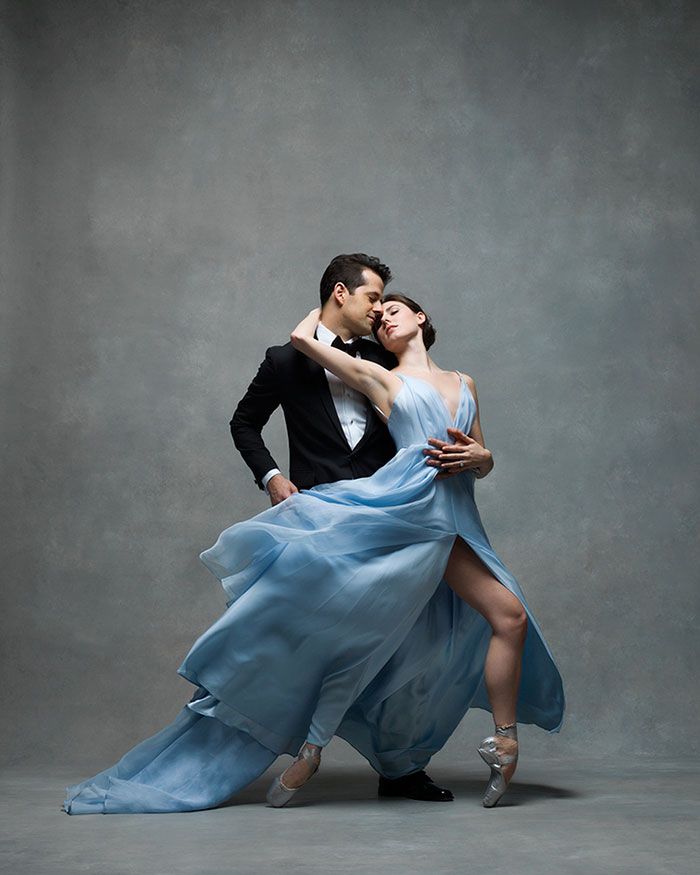
- One tutu shoe cost up to $2000 dollars to be made, and one ballerina wears between 2 and three pairs per week.
- Because of high physical demand on their bodies, most professional dances retire from dancing during their mid-30s.
- Famous modern dance Cha-Cha originated from Cuba.
- Famous energetic ballroom dance can-can (or cancan), which is performed by the row of female dances in long skirts originated form 1830s Paris ballrooms.
- Origin of tap-dancing comes from the tribal dances of African slaves. Their arrival in North America introduced that dance to the western audiences.
-
Dancing with metal tap shoes became popular in United States during 1920s and 1930s. One of the most famous tap-dancing performers of that time
were Nicholas brothers, who were instrumental into bringing that style of dance into Hollywood movies.

- Famous movie stars such as Fred Astaire, Ray Bolger and Gene Kelley used tap-dancing to enchant the minds of the worldwide audience with great success.
- Hindu religion has very close relationship to dance and music. This connection can most visible be seen in their countless Bollywood movies that all celebrate dancing.
- One of the dances that managed to completely change the landscape of dance history is polka! This energetic dance that was focused for young women that liked to jump, hop and turn swept across the world in mid-19th century.
- Dancing represent great physical exercise for the people of all age. It can be safely practiced from the age of 2 to 102!
-
Many historical waves of dances were perceived as the "destructors" of the old way of dance.
 Examples of that can be found in the 1920's
Charleston and the era of Rock music.
Examples of that can be found in the 1920's
Charleston and the era of Rock music.
- First ballroom dance that was ever created is Italian Viennese Waltz.
- One of the reason that ballroom dancing is starting to return into popularity is because famous TV competition show "Dancing with the Stars".
- African slaves that were brought in Brazil 300-400 years ago were prohibited from practicing martial arts. Therefore, they developed the mix of dancing and fighting that is known today as capoeira.
- Breakdancing was first created as a "less lethal" form of fighting between warring African-American street gangs in 1970s Bronx area of New York City. This form of dancing re-emerged into worldwide popularity during 1990s.
-
Dance marathon competition started as early as 14th century England.
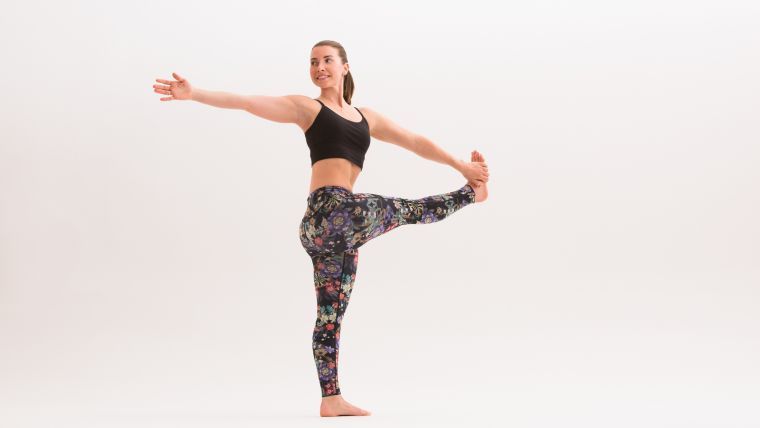 They reached height of their popularity in the bloom of US
entertainment expansion during 1930s depression era. Some competitions were performed in the 22 day long marathons.
They reached height of their popularity in the bloom of US
entertainment expansion during 1930s depression era. Some competitions were performed in the 22 day long marathons.
- The most sensual dance of modern times is without a doubt a Tango. It originated from 1890s Argentina, but it quickly became very successful in Europe.
Dances
Author: Pavel Gather
Psychologist, Lecturer Salsa and Tango
Dances
Author: Pavel Pavel
Psychologist, Lecturer Salsa
on At the start, you always want to get a quick result. When it doesn't happen, the hypothesis arises that everything takes time. After a conditionally acceptable time, humility comes to mastering pair dances, which, perhaps, is not given, and I will just do what I learned somehow.
This is the most common story of those who believe that the mere act of attending a pair dance class is enough to learn how to dance.
Absolutely not. If you want to really dance well, you have to make an effort outside of the dance class. A good teacher will definitely be needed, but the initiative should be on your side.
1. Listen to music
The most common and accessible advice that is given already in the first lessons. And it definitely works. Music creates a certain atmosphere of the dance and intuitively you want to move to it. It doesn't matter where you listen to music - in the car, on headphones while walking or doing household chores.
An addition that will help you dance better is your active participation in the music. Sing along, dance or simply beat musical accents with any free parts of the body. In the subway, for example, it is enough to tap out bright moments with your fingers, in the car to sing along with sounds, and at home you can jump for pleasure.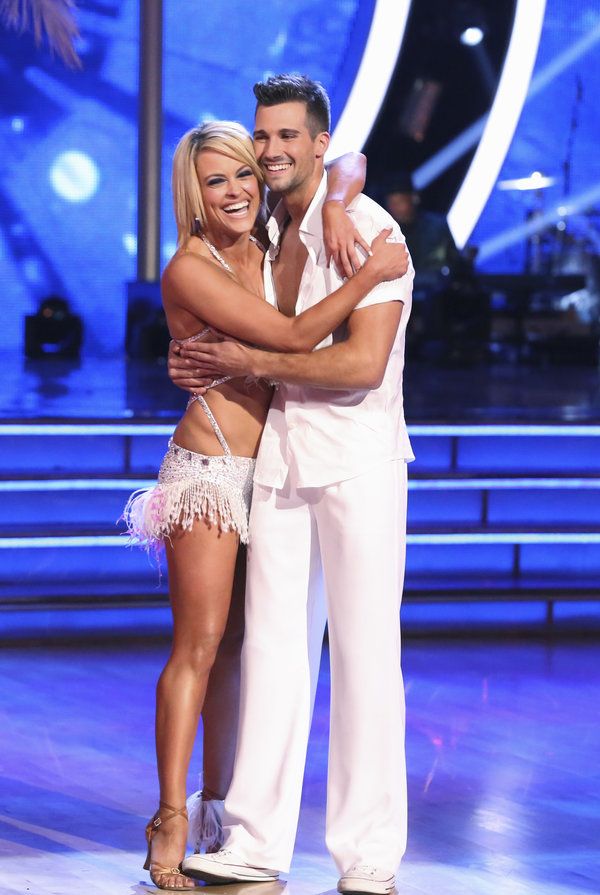
2. Watch videos of good dancers
It's complicated, but also obvious. It’s more difficult, because without recommendations from more experienced dancers, unfortunately, it’s not so easy to find a good quality video on the net (I mean not the resolution quality, but the content itself).
Meaningful video viewing is about building an understanding of HOW dancers make a particular impression on a partner or viewer. Technology is at the heart of everything. Understanding how the pros do it is a big step forward.
It is important to distinguish a show from a disco dance, a staged performance from an improvisation, a stylized dance from an authentic one, etc. Ask for recommendations and dance teachers will always throw off a couple of videos of worthy landmarks.
Tango Z. Showreel.
Online modern tango courses
Tango nuevo is the most advanced version of tango. We can quickly learn to dance from zero to a steep level.
| View details |
3. Dance in salsatecas/milongas/discotheques
A very delicate moment when it is worth coming to the first party. From a technical point of view, most students in 1-3 months have a sufficient set of figures and techniques to come and dance calmly. Psychologically, the same moment can be stretched out for an indefinite time. After all, it is imperative to “not lose face”, “learn more figures” and be sure what to do in case “there is an unfamiliar movement”.
In fact, the partygoers don't really care (except for a small layer of non-professional teachers who want to help inexperienced dancers by treating them as customers in the future). It is important to come and try dancing after a month of classes. You can only with friends or guys from your group. This will be enough to feel the adrenaline and inspiration from the dance.
4. Dance with partners or partners not of your level
The conventional wisdom that you need to practice in groups of your level does not withstand the test of experience.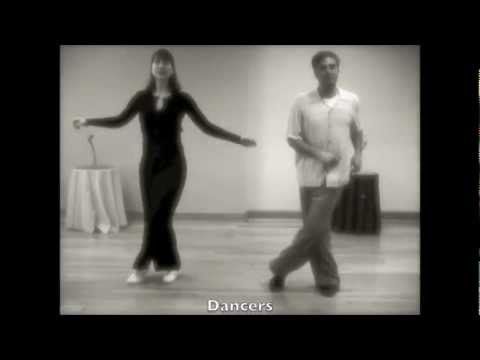 Perhaps now your eyes widened in surprise, and you want to meaningfully read the phrase again. Yes, you saw everything correctly: when you dance with a partner of your level, you don’t grow anywhere.
Perhaps now your eyes widened in surprise, and you want to meaningfully read the phrase again. Yes, you saw everything correctly: when you dance with a partner of your level, you don’t grow anywhere.
It's important to understand that not only does it work one way and you have to dance with cooler dancers, but it works even more effectively the other way. It is no coincidence that teaching pair dances dramatically raises the level of the teacher himself. You have an endless stream of very beginner dancers.
How it works. A more experienced partner needs to be "stretched". It's easy and obvious. With beginners, you need to take more initiative on yourself, see the general pattern of the dance more widely, turn on and insure more, try to be an example and be more careful. The quality of interaction begins to grow significantly. And wonderful partners too.
Dancing with partners of your level doesn't make you grow. Dance with both beginners and more advanced dancers
Dominican Bachata Women's Style Online Course
Want to learn how to hypnotize those around you with the most appetizing part of your body? On the course we will tell you all the secrets.
| Interesting |
5. Learn to dance for a partner and for a partner
Turks and Argentines are one of the best partners in the world. In Russia, partners are highly valued. Why? The answer is simple. In Argentina and Turkey, it is not questionable for men to ask another man to lead in one piece or another and give feedback on the quality of the lead. For them, it will be a great shame to hear moralizing from a partner, or even more so to be known in the community as an insecure partner.
In Russia, due to the constant, often far-fetched, opinion that there are more women in pair dances, partners calmly get up and study their partner's part. Such partners then grow into very cool dancers and teachers. In no case do this at parties, only in class. Here we are talking only about the learning strategy. At parties, be yourself.
6. Do not memorize the links
Always try to look deeper and understand the through principle and idea of movement. Understanding what and how is done will make it possible to independently generate any sequences and chips.
Understanding what and how is done will make it possible to independently generate any sequences and chips.
Human memory is limited and there will always be a moment when something will escape and your repertoire will be limited by the size of RAM.
In Argentine tango, for example, there are seven levels of movement construction that, when mastered, will allow you to make millions of combinations. And how many dance sequences can you really remember? In rueda, more than 150 figures dance in a rare circle. It's hard to keep more in mind.
7. Develop your body
Many years of experience in teaching couple dance shows that as soon as everyone pairs up in a class, any progress in individual style ends. But it is the individual style that distinguishes everyone at the disco: partners change, and style is always with you.
The body as the main instrument of dance must be very plastic, responsive and emotional. Surprisingly, not all pair dance schools have a general physical warm-up.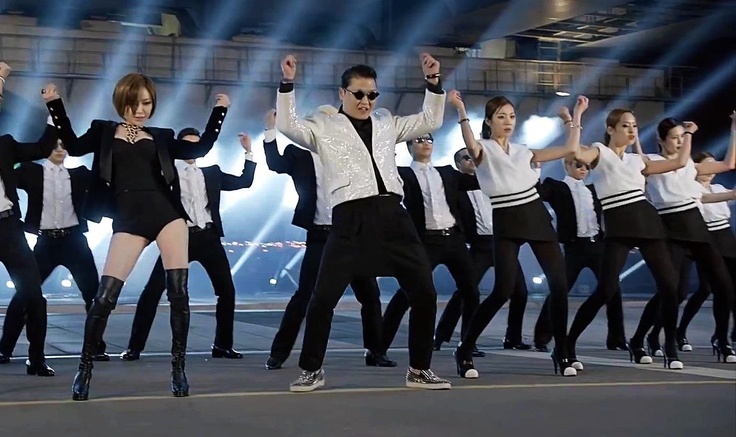 It is vital to tune the body and understand how it works.
It is vital to tune the body and understand how it works.
You can always train extra and concentrate more on the basic steps, as their true value is as body work. The sequence of steps is, in fact, the simplest thing that can be in pair dancing. The quality of individual performance determines the craftsmanship.
8. Try on the images of inspiring dancers
A psychological life hack for those who have already mastered the steps, but still feel that there is not enough brightness and drive. Most are terribly afraid of being someone else's "clone". Here the action is the same as under the influence of hypnosis - the more you resist, the more you plunge into an altered state of consciousness.
With a high degree of probability, you are already dancing like someone else's "clone". A meaningful fitting of someone else's image is that you mentally take the image of the one who inspires you (inspiration is critical in this case) and "put on" yourself.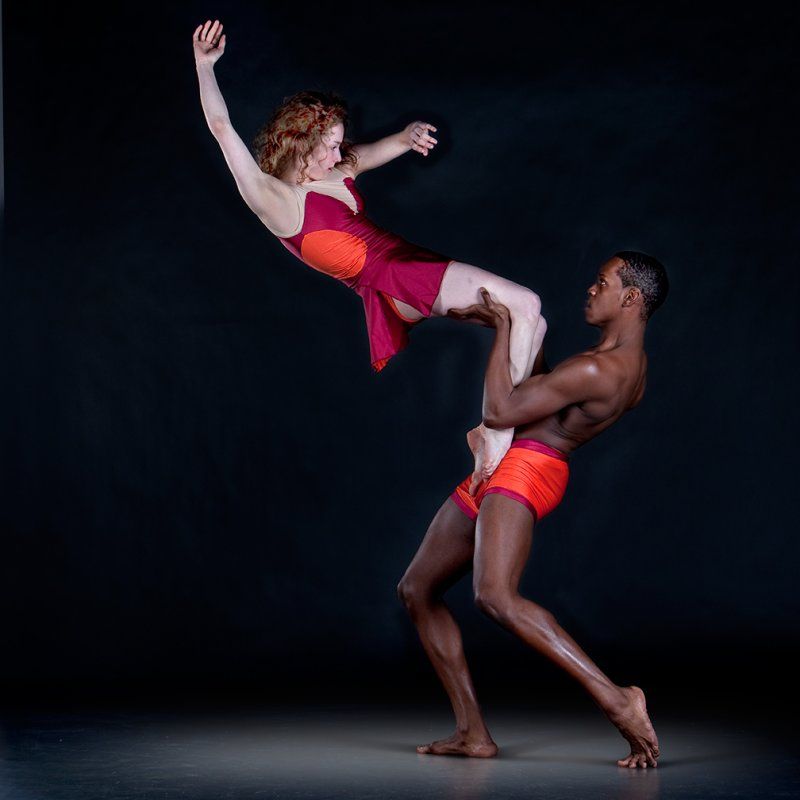 Then you start dancing and trying to feel in general how it is to be able, for example, to be the best partner or the sexiest partner in a disco. This is much more difficult than it seems. But it works extremely efficiently.
Then you start dancing and trying to feel in general how it is to be able, for example, to be the best partner or the sexiest partner in a disco. This is much more difficult than it seems. But it works extremely efficiently.
9. Dance to offbeat music
Habitual rhythms keep you tight. Tango salon or speedy timba leaves little room for experimentation and fantasy. Pattern dancing is always noticeable and is reserved for beginners.
The truly new is born outside of the usual. Look for places to experiment. If there is no place, organize self-training. The main thing is not to get carried away, because music determines the style. We bring something new to pair dances, rather than trying to change them.
Search, improvise, don’t be afraid to go beyond, develop in different directions, be inspired by music atypical for the style
10. Try your hand at basic dance directions
dances exist according to their own non-choreographic laws.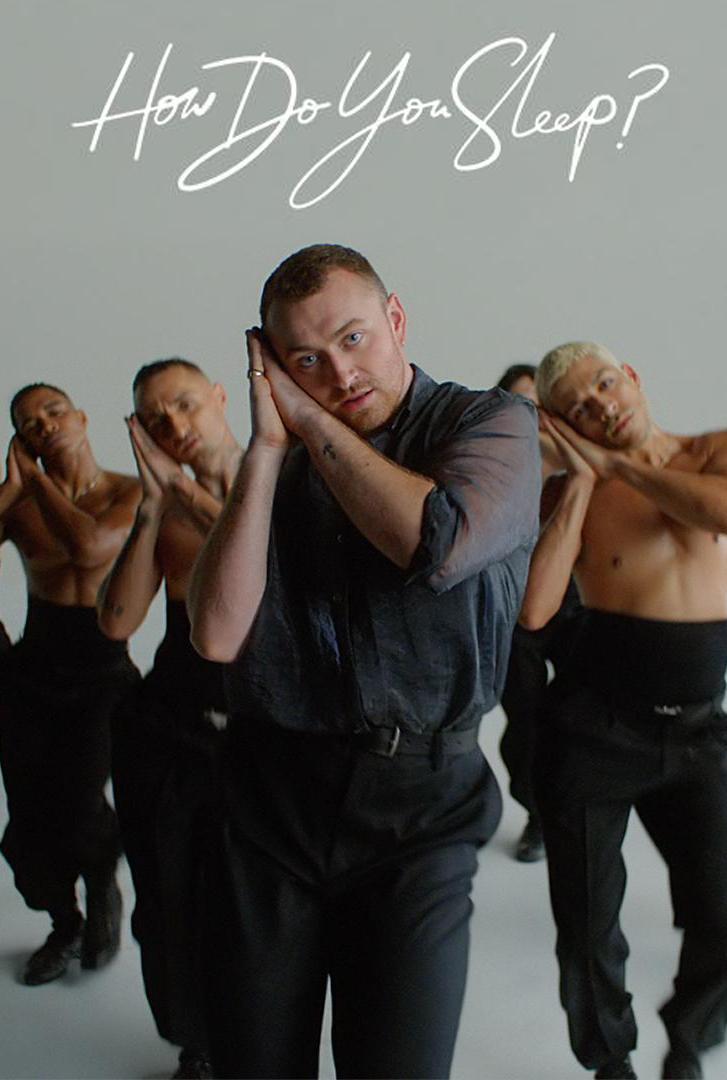
This is the deepest delusion, which has turned into a ceiling for the qualitative development of partner dances. After all, all professional dancers, for example, in salsa or bachata, build their ideas on the basic choreographic principles.
Do not think that choreography is only applicable on stage. Any meaningful movement of the body can be choreographic. In general, try classical or modern choreography. Basically, hip-hop can work too.
11. Look for battle sensations
Pair dances return us to an active position of manifestation of our body. As in the days of our ancient ancestors, we impress the members of the opposite sex by how dexterous, hardy, sexy, etc. we are. Modern laws of the jungle in the entourage of big cities.
If you look around the dance floor, it becomes clear that the majority are clearly herbivores (not in the sense of vegetarians, but in relation to those around them). I am sure that predators are always more interesting in terms of the attractiveness of the image - try to find a counterbalance among herbivores, for example, a cat woman or a lion man.
I am sure that predators are always more interesting in terms of the attractiveness of the image - try to find a counterbalance among herbivores, for example, a cat woman or a lion man.
The conversation is about an internal position, not about aggressiveness. Lability and lack of control are inherent in adolescents, and not in adult self-sufficient people.
Accordingly, even a training or friendly battle gives, on the one hand, practical skills - to make a bright sequence of movements, bring an idea to a climax, show a spectacular feature, on the other hand, develops the psychological basis of the dance - self-confidence, resistance to extraneous attention, self-control and self-control in complex elements.
12. Communicate with professionals
The environment shapes the internal position. Basically, real passionaries of the dance community are ready to openly talk, discuss and support the development of dance in every possible way. Universal principles and the ideas they articulate have a much longer and more practical perspective than meets the eye.
Universal principles and the ideas they articulate have a much longer and more practical perspective than meets the eye.
Accept that, for example, behind the words "listen to your partner" is not only a beautiful metaphor, but also a practical skill to literally listen to your partner. At the same time, always treat every thought, even the most respected teacher, as a private opinion.
Your skill will lie in finding the scope of the idea even in conflicting opinions. Most often, the contradiction is speculative and the truth lies in the angle of perception or situationality.
Your dancing growth will stop sooner or later. This can happen at the level of three basic steps or years of experience in teaching and show performances. Regardless of your level, the suggested 12 life hacks can get you off the ground and greatly accelerate your dance growth. There is no way here without your motivation and activity. Take your dance development into your own hands. 9Ol000 Dangerous sexuality
Salsa: destroyers of stereotypes
Couple dancing as a source of strength.
Self-destruction of the couple dance community
The Salsa series as a mirror of the community
Mamita Fridays: salsa, bachata
Destroying the myths about leading pair dances
Does dancing make us better?
The seven deadly sins of teachers
Why we will never dance bachata like the Dominicans
Why tango?
Dispute over musicality
Selection of dances according to alcohol preferences
Where to find inspiration for dancing?
Terrible tango nuevo
Distribution of roles in a salsa party
Argentinean tango through the eyes of a salsa dancer
Is there a predisposition to dancing?
Which is more effective: individual or group lessons?
Sexual connotations in couples dancing
How to dance at a party: advice from British GQ editor-in-chief Dylan Jones
The main thing to remember when throwing yourself on the dance floor: no one is looking at you. Do not be afraid that you will be laughed at and that everyone is just waiting for you to get tangled in your own feet. Believe me, no one is interested in this, especially if you behave decently.
Do not be afraid that you will be laughed at and that everyone is just waiting for you to get tangled in your own feet. Believe me, no one is interested in this, especially if you behave decently.
In case you have zero experience in dancing - or if you've ever tried and didn't like it - you need to learn two simple truths first. Firstly, women like it when a man dances well, so if you are a complete layman in this matter, you should strain yourself. Secondly, no one expects great things from you in all your endeavors. Personally, I am able to dance to anything, but when a DJ puts on I'm So Excited by The Pointer Sisters or something in the style of drum and bass, I immediately leave the dance floor. Not because I don't like such compositions - although at my age it would be forgivable - but because they are difficult to dance to. Not everyone can rock to any song, so if it has too many beats per minute, or a particularly jagged rhythm, or is too slow (like Just Be Good to Me by the SOS Band), feel free to go to the bar.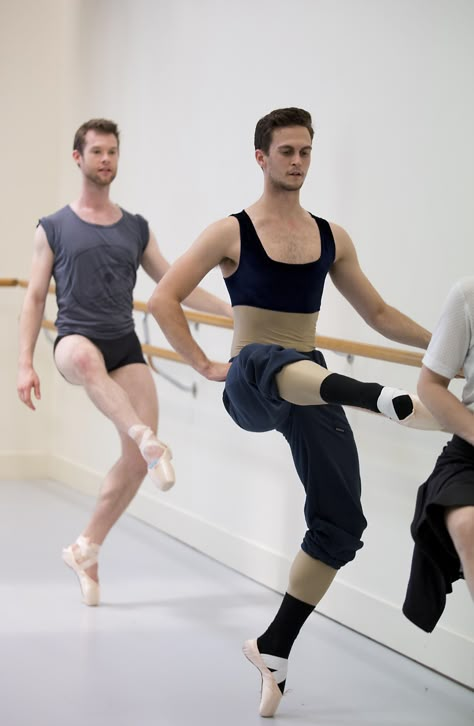 Don't like reggae? Run to the toilet. Can't help laughing at the new Coldplay hit? Sit down.
Don't like reggae? Run to the toilet. Can't help laughing at the new Coldplay hit? Sit down.
If you don't know how to dance at all, but circumstances require it, move by feel. Do not kick your legs - work with your body; bending your elbows, squirm with dignity to the beat of the music. It's really easy! Soon you will become bolder and begin to vary your dance moves; do it in proportion. No one expects you to turn into John Travolta - all his exploits in "Saturday Night Fever" were staged by a professional choreographer, so you should not go out of your way.
A few more important points. Don't slow dance unless you're holding a woman in your arms. Don't try to act like Bruce Springsteen from the Dancing in the Dark video or Kevin Bacon from the movie Loose and dance like a rocker, throwing out your arms and legs at the same time, like a drunken doll. It would also be nice to learn some traditional dance - for example, tango. The easiest way to learn is the twist, which can be danced to anything from Chubby Checker to George Michael's Faith.